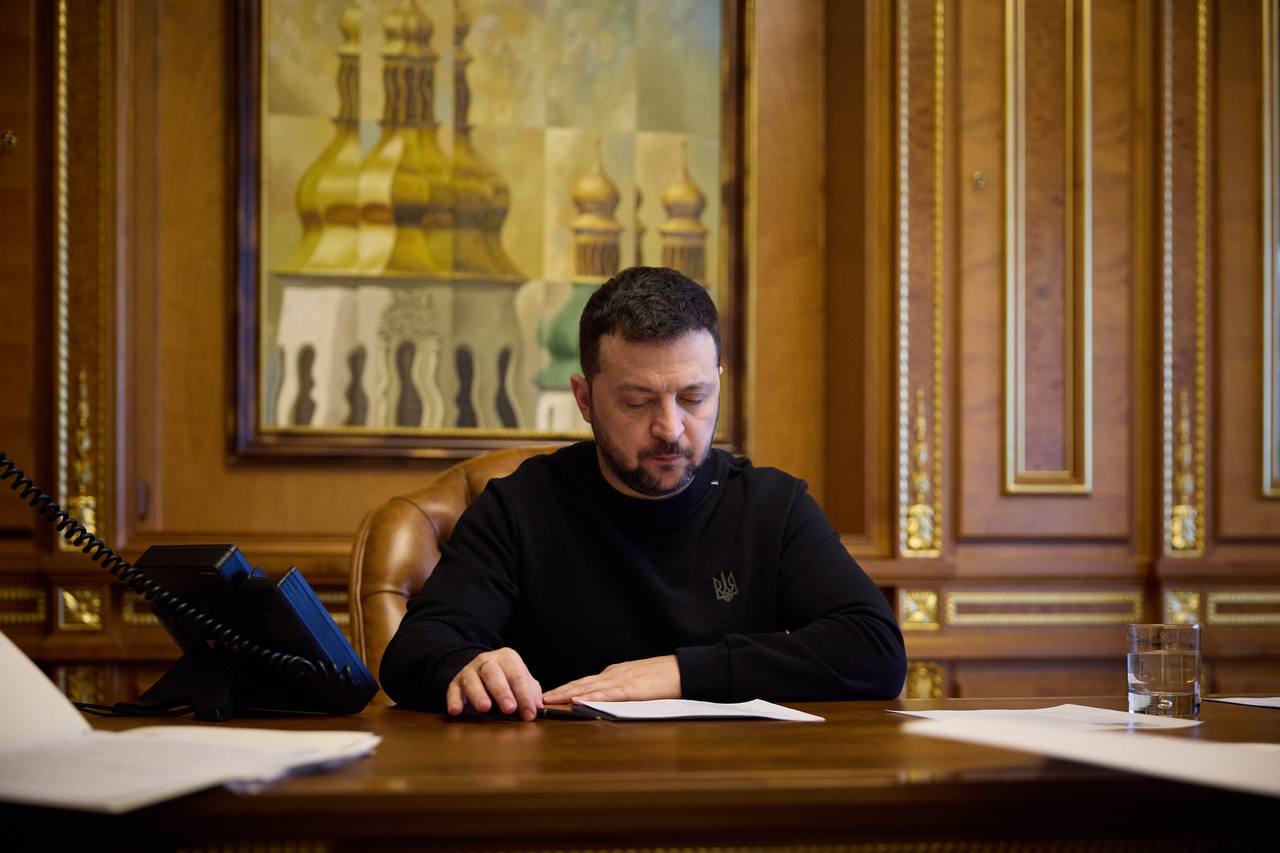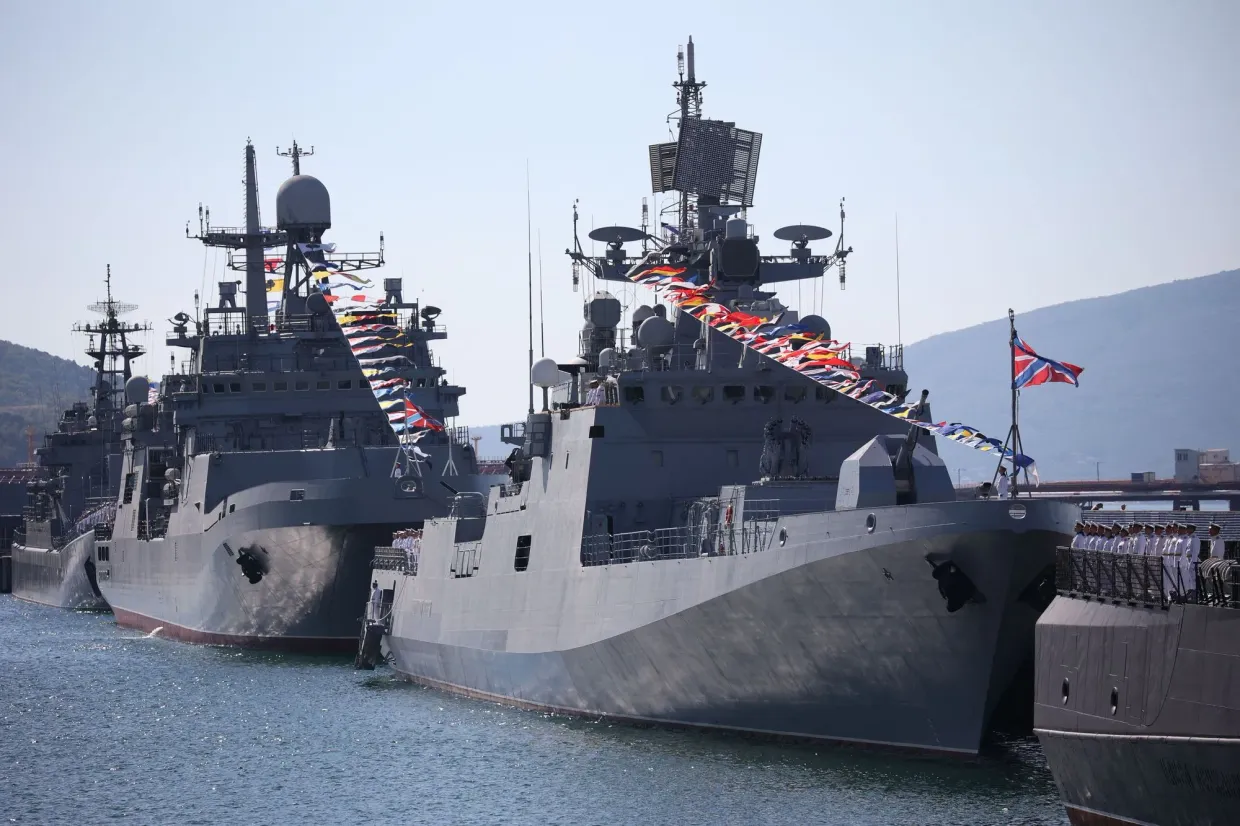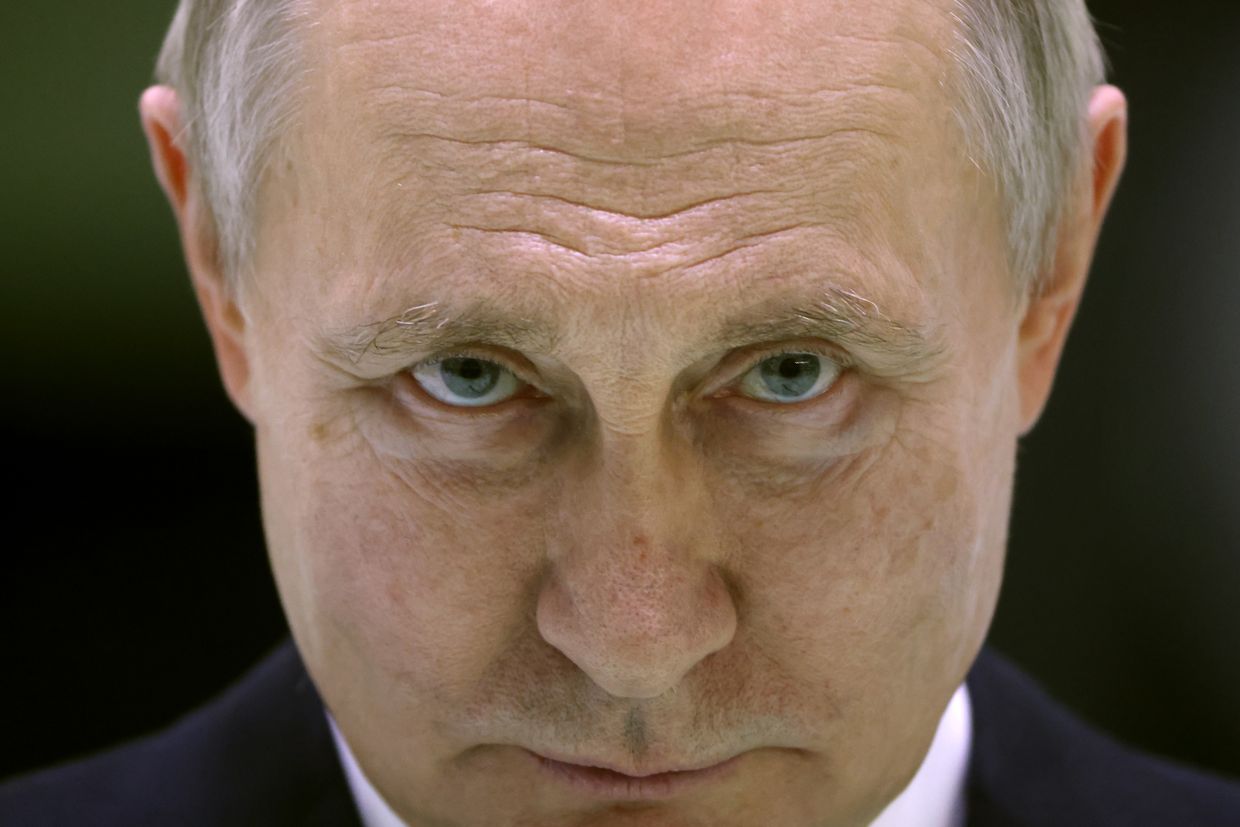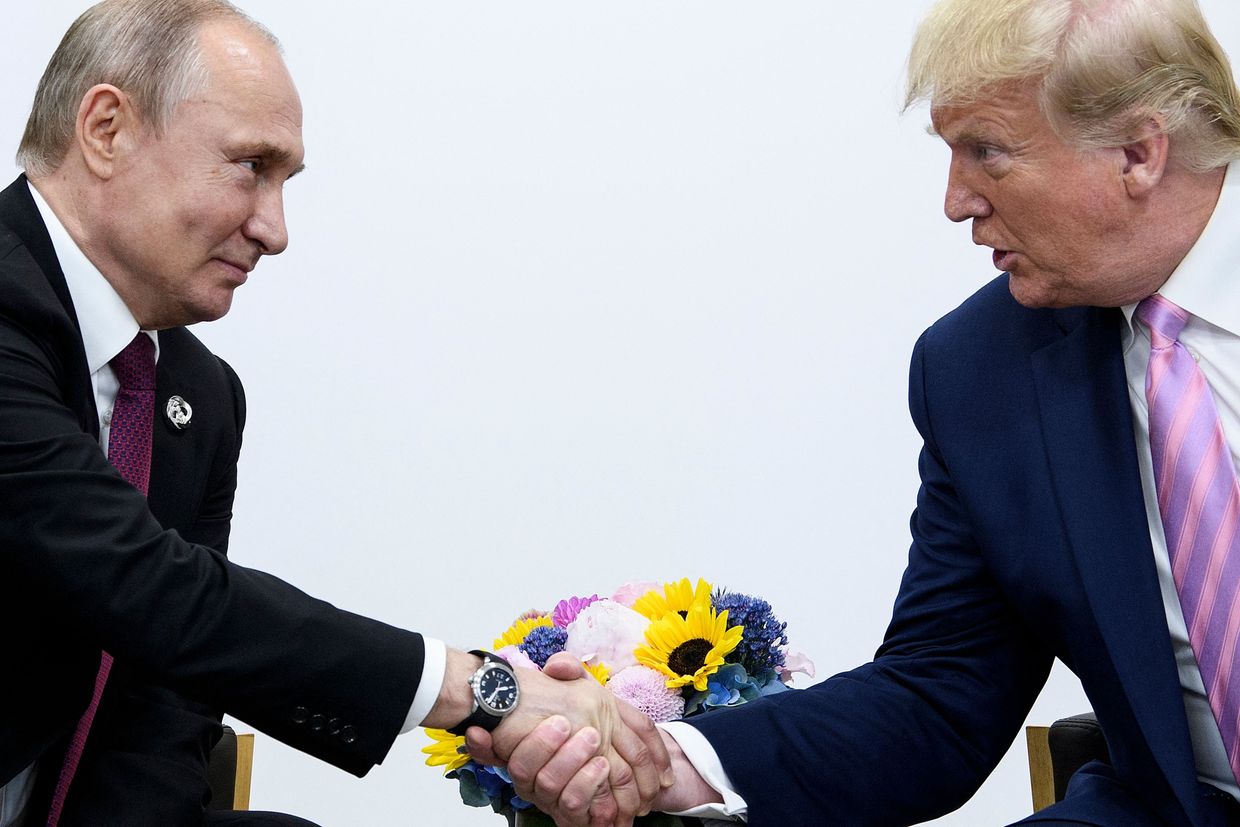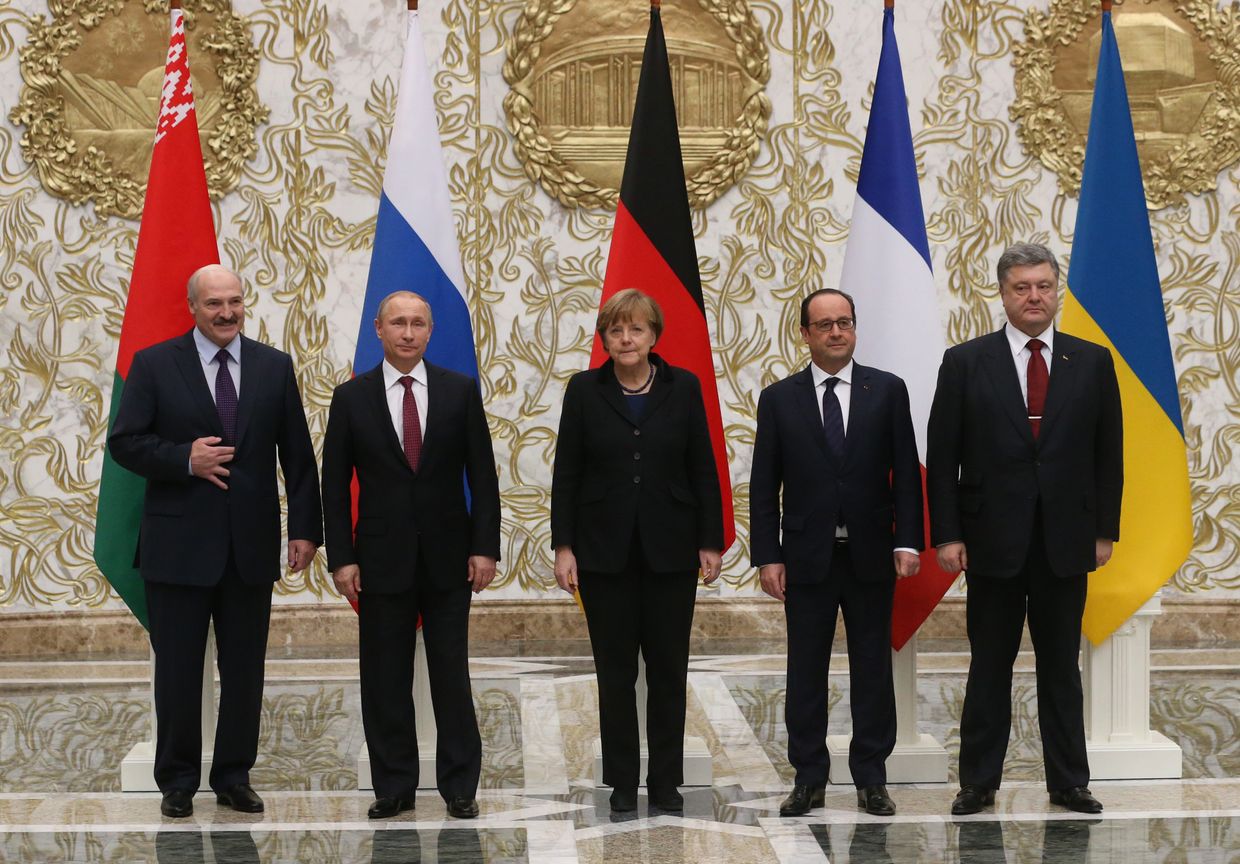When a country goes through a war, documentarians often feel empowered to capture reality with the aim of creatively reflecting the pain on both a national and personal level. As the history of documentary cinema shows, such conditions can be the birthplace of groundbreaking films that shape the genre. Yet, as film theorist Bill Nichols wrote, "The successful careers of many documentary filmmakers have been built on the misfortune of others."
During Ukraine's 10 years of war, approaches to documenting reality have continually evolved. Ukrainian filmmakers are often said to use the camera as a weapon, recording war crimes and their consequences through various technologies.
However, even with the best of intentions, this weapon can wound. The camera has immense power; it invades the personal space of those experiencing pain and risks turning their suffering into spectacle. The common ethical dilemma is how to portray war effectively while finding the right ethical angle for both the subjects and the audience.
"The camera has immense power; it invades the personal space of those experiencing pain and risks turning their suffering into spectacle."
This question became crucial when Mstyslav Chernov’s "20 Days in Mariupol" won an Oscar, marking the first time a Ukrainian film received such a prestigious award. The film garnered significant attention, shocking global audiences with its brutal depictions of suffering, pain, and death. Chernov skillfully balanced hyper-realistic images with a deeply personal narrative to mitigate ethical risks, even using blurred faces to lessen the stark realism.

However, despite these efforts, the film raises the ethical threshold for what can be shown on screen. To impress international audiences again, future filmmakers may have to push beyond the boundaries Chernov crossed.
Analyzing films that uncompromisingly depict the full-scale invasion and its victims, critics often turn to theoretical reflections on the ethics of documenting suffering. Susan Sontag's "Regarding the Pain of Others" is frequently cited for its exploration of the ethics surrounding the capture and viewing of suffering.
Several studies have examined the representation of sensitive war images and their mediation to viewers through audiovisual media. While these works analyze a range of conflicts, the authors often reach the same conclusion: Viewers' sensitivity decreases over time, and even the most acute directorial manipulations will inevitably fail to fully convey a victim's suffering, risking the devaluation of their experience.
The good news is that the ethical deadlock Ukrainian documentaries seemed to face did not occur. Instead, directors have undergone a transformation, finding new subgenres and approaches. Globally, recent films about war are more creatively experimental, often narrowing their focus to present and reflect war from a concise angle. War, initially shocking and sudden, becomes a static, prolonged frustration, and Ukrainian documentary cinema has adeptly captured this evolution.
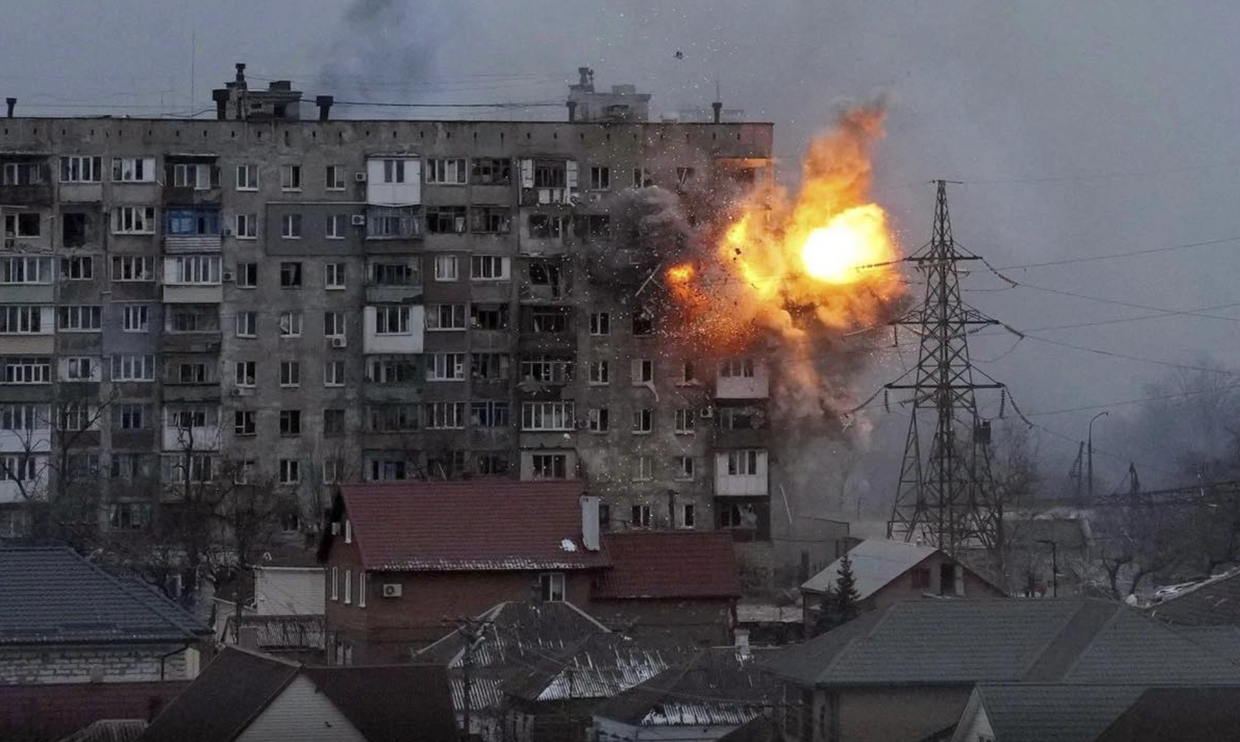
Observational documentaries are becoming more prominent. These films consist primarily of unmediated observations of reality, with minimal interference from the filmmaker. While different approaches exist, Ukrainian documentaries increasingly commit to static shots and a certain detachment from catastrophic events. Ethics are often assessed by the camera’s distance from subjects or events, leading to an abundance of long, static shots from afar, with fewer close-ups of suffering faces or bodies.
In Olga Zhurba's "Songs of Slow Burning Earth," the director metaphorically conveys the waning sensitivity to war through observational filming and poetic editing. The film captures the phenomenon of normalization, portraying the transition from initial shock to stability. Zhurba presents suffering as a canvas that covers all of Ukraine, avoiding the devaluation of any single experience and instead incorporating it into the broader picture of war and its aftermath.
Another notable example is JuriRechinsky's "Dear Beautiful Beloved," which juxtaposes footage of the evacuation of soldiers' corpses with scenes of elderly evacuees in temporary housing. Rechinsky maintains distance when filming the dead, while drawing closer to the elderly, crafting a humanistic focus.
Oksana Karpovych’s "Intercepted" offers a unique approach. An observational documentary composed of long static shots of war-torn Ukraine, it minimizes the presence of people and avoids live footage of explosions or battles. The film’s power lies in its audio – intercepted phone calls from Russian occupiers.
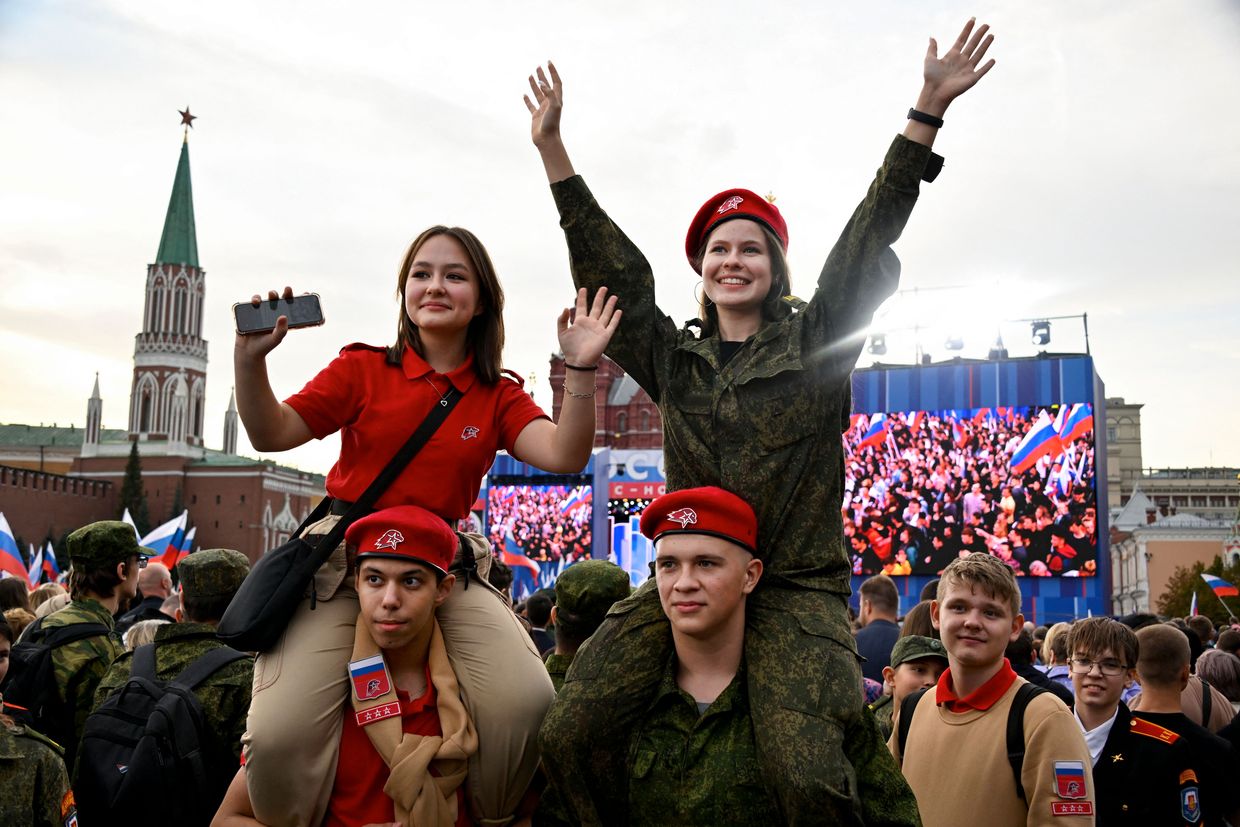
The juxtaposition of these calls with images of a devastated Ukraine creates a strong cause-and-effect narrative, radically shifting the focus from the victims to those responsible for their suffering. "Intercepted" may be the most internationally recognized Ukrainian film of 2024, a striking example of how to depict war without exploiting pain.
Another emerging trend in Ukrainian documentary cinema is character-driven storytelling. These films focus on creating in-depth portraits of individuals or social groups, often set against the backdrop of war. By spending significant time with their subjects, filmmakers show solidarity with their pain, employing a more intimate cinematic language.
This approach is evident in "Mission 200," which follows a volunteer who transports soldiers' bodies. Director Volodymyr Sydko focuses on protagonist Tetyana’s monologues, allowing her to slowly trust the camera, while bodies in black bags remain in the background of the story.
Character-driven documentaries also offer opportunities to explore narrow social contexts unfamiliar to Western audiences. Lesia Diak’s "Dad’s Lullaby" follows a man who served in Donbas before the full-scale invasion, struggling to return to family life. Diak, who has personal experience with post-traumatic behavior from dating a military man, navigates the ethical risks by sharing her own painful reflections on camera, filming herself from the same distance she maintains from her protagonist.
As the war continues, Ukrainian filmmakers are finding new ethical approaches that keep their documentaries in the global conversation. It’s no exaggeration to say that we will see even more innovative and thoughtful approaches in the future, as filmmakers balance the experiences of both those who suffer and those who watch.
Editor’s Note: The opinions expressed in the op-ed section are those of the authors and do not reflect the views of the Kyiv Independent.
Introducing official
merch from the Kyiv Independent





